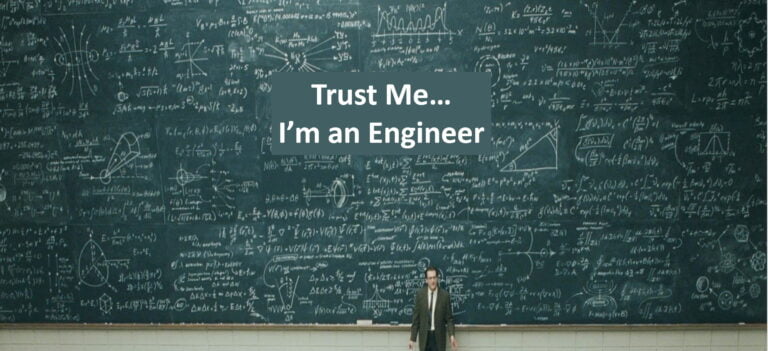Sustainable Transformation
The Canadian Division of a global food manufacturer saved 28 million dollars in eight months, and saved several plants from closing, despite their high cost of production in an underutilized manufacturing system. It all began when the senior management stopped resisting what the workforce had to say. They returned to zero and started to listen.
Sustainable Transformation calls for returning to a zero point; returning to a possibility. It’s pure invention.
Sustainable Transformation is a misnomer as it’s generally used. You’re not really sustaining something. In order for transformation to happen, you have to become present or “real,” in the strongest possible sense, to what is now going on and to the inhibiting influences of the past. The past stops us from thinking about what’s new or could be new.
Sustainable Transformation means let’s look at things as they truly are right now, as we truly are now, with a clear mind. And then we can invent what we want. This may include re-inventing some of what’s already there, or something else.
Sustainable transformation is the essence of creativity. It’s the essence of sprouting something that isn’t already there. My view of creativity in its pure sense isn’t simply improving something. This is our approach to creativity when we are working with people in companies.
I had an interesting conversation with a woman from a food company in China which is working hard to improve a cookie. They’re having a difficult time because they can’t start from a zero point. The improved cookie has to look and taste like the old cookie, but somehow it has to be new and have greater appeal to more people. In such a case, the effort at creativity largely goes towards messaging about how to present the cookie. They won’t have invented anything new because they’re stuck with what they already have.
In a similar vein, a lot of what’s going on in the world in the name of creativity and innovation cannot produce what companies offer or what their customers want. They’re stuck with their past.
In 13 months, the Enterprise Technology division of a Global IT company reduced 1500 disparate products in five countries into one coherent product, with great harmony in the face of a corporate culture that had been divisive and segmented. The situation was so bad, the threat of lost jobs so high, they began to search for common ground.
It’s the notion of “beginner’s mind” and starting with a blank slate. If you take a Quantum Physics, view you will realize that the world consists of an infinite number of possibilities which don’t come into existence until you ask a question. The real creativity involves coming up with questions for which the answers will generate something that’s actually new. A lot of it has to do with your worldview in the first place.
A multi-service effort to design a Mach 25 airplane established an unheard of level of competitor cooperation. A Mach 25 airplane, 25 times the speed of sound, was impossible. The team, living in the their commitment to that future, kept creating and discovering technology and social processes that got them and the country much closer to the dream.
I’ve recently become interested in traditional Micronesian navigation. Micronesians sailed from island to island without navigation instruments. Their navigation was a discipline, but very intuitive.
Our view is that you move from here into the future, such as you and I are moving into the future right now. Micronesians believe that you’re standing still, and the future is coming to you. If you can put this into your mind, you’ll start to experience things differently. You’ll start to see which aspects of what’s coming to you are attractive, and what aspects are subtle. You’ll start measuring different things.
If we don’t “become present” with one another with the past being in the past, the future in the future, and accept that we’re just here talking to each other, nothing new will happen. You’re going to walk away thinking what you already thought, and I’ll walk away continuing to think what I already thought.
There are so many approaches to inducing the moment of change–that moment when a real transformation or shift happens. If you look at what’s in that moment of change, at the very moment when the altered state occurs, there’s nothing there. The past is in the past, the future is in the future, and the actual moment of transformation is rather like a funnel with a vacuum in it.
Developing skill in achieving this moment of transformation is a training problem. It’s the only way to get there.
Charles E. Smith has been a senior executive coach and leadership consultant in corporations and government agencies in the United States, Europe, andCanadasince 1969. He graduated from the Boston Public Latin School and holds an A.B. from Harvard College, and M.B.A. from Harvard Business School, and a Ph.D. from Case Western Reserve University. Dr. Smith also holds a certificate in Gestalt Methods from the Gestalt Institute of Cleveland. He has taught at SirGeorge Williams University and McGill Centre for Management Education.
His first book, The Merlin Factor: Keys to Corporate Kingdom was published in 1995 in US, UK, China, and Romania. Read his new book, Navigating from the Future: a Primer for Sustainable Transformation, available at Amazon.
Contact him at smicharlie@aol.com
36613








